With the advent of Beltane, it is an excellent time to share about the magic and sacredness of the dogwood tree–a tree that is in bloom across the landscape this time of year. I feel like dogwood is one of those trees that everyone knows, but nobody takes the time to know well. In all of my time in the druid community, when people talk about their favorite trees, I don’t think I’ve ever heard dogwood mentioned. She’s a quiet and unassuming understory tree, and after her spring show of white or pink bracts and yellowish tiny flowers, she fades into the rest of the forest. And yet, in studying her medicine and ecology, we can gain so much from this wonderful tree.
Dogwood is a popular tree here in North America, both as a native tree found in the understories and edges of Oak-Hickory forests throughout its wide range (from Ontario to Florida, and across to Kansas and Oklahoma and down to Texas). It is also a common ornamental tree, and thus, an excellent one for both those who are urban or suburban druids and rural druids to know. Let’s take a journey today into the magic, mythology, medicine, and human uses of the dogwood tree! North America has many, many varieties of dogwood. Today I’ll focus most of my comments on the common “Flowering Dogwood” (Cornus Florida, pictured in my photos) but recognize that many dogwoods are similar enough energetically to have similar features.

This post is part of my Sacred Trees of Eastern North America series–here you can learn about the many wonderful trees upon on our landscape. In this series, I explore the magic, mythology, herbal, cultural, and divination uses, with the goal of eventually producing a larger work that explores many of our unique trees located on the US East Coast (which I hope to have completed by early 2022–so you will be seeing a lot more tree posts!) For my methods using ecology, the doctrine of signatures, and human uses, you can see this post. Other trees in this series include Spruce, Spicebush, Rhododendron, Witch Hazel, Staghorn Sumac, Chestnut, Cherry, Juniper, Birch, Elder, Walnut, Eastern White Cedar, Hemlock, Sugar Maple, Hawthorn, Hickory, Beech, Ash, White Pine, Black Locust, and Oak. For information on how to work with trees spiritually, you can see my Druid Tree Working series including finding the face of the tree, seeking the grandmother trees, tree relationships, communicating on the outer planes, communicating on the inner planes, establishing deep connections with trees, working with urban trees, tree energy, seasonal workings, and helping tree spirits pass.
Ecology
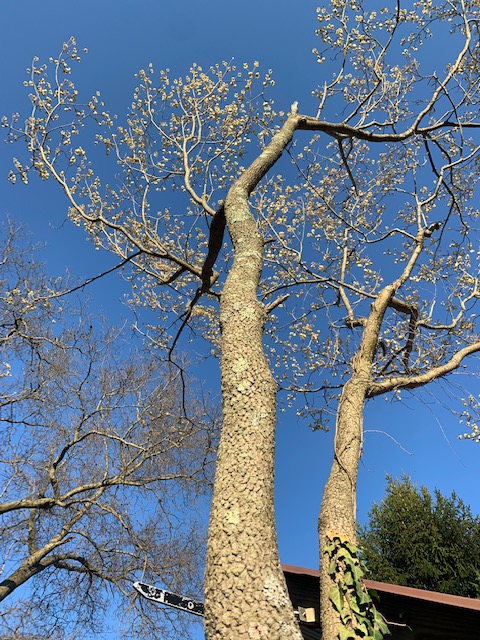
Dogwoods are abundant in North America, with seventeen species in the United States alone, including four tree species and thirteen species of shrub; the flowering dogwood is one of the four tree species. Flowering dogwood is an understory tree characterized by beautiful showy white bracts (that appear to be white petals) with an inner cluster of yellow flowers that bloom in spring. If you look closely at a dogwood, you can see the difference! Where I live in Western Pennsylvania, Flowering Dogwood is typically blooming from Mid-April to Mid-May, depending on how quickly things warm. The dogwood, like other understory plants, blooms early, before leaves are on the tree, and takes advantage of the light before the overstory cover grows. Pale yellow flowers eventually give way to showy red berries that grow in small clusters (just like the flowers) in the fall (October), to complement the beautiful red-purple fall leaves.
One of the characteristics of flowering dogwood is the growth habit of the tree which you can see from the photos in this post–branches often grow mostly horizontal and then, at the very ends, turn to the sky and are tipped with beautiful white or pink bracts and yellow flowers. Some may grow more spindly or more full, depending on the location, environmental features, or cultivar. The leaves are opposite on the trunk, but the entire tree has a very “open” quality to its growth habit appearing, at times, almost bonsai-like. The dogwood is a fairly short-lived tree, living about 80 years and prefers slightly acidic soil.
As an understory tree, you can often find flowering dogwood on well-drained and fertile soil in dappled sunlight. It is larger than a shrub or bush (so higher than spicebush) and is a small understory tree. Flowering dogwood is commonly found in the understory of oak-hickory forests as along fertile edges (you can often see them along a fence row or between fields). When they are in the forest, they are often 10-20 feet high and have a 4-6″ trunk, but when they are out in the open, they can grow up to 40 feet high with a thicker trunk, particularly in the southernmost areas of its range. Of course, a range of ornamentals with varying heights and flower colors are present and can be purchased at nurseries.
While some dogwoods produce very delicious edible fruit (such as the Kousa Dogwood), the Flowering dogwood’s fruits are small, bitter, and not very palatable, although the bitter quality of the fruit can be used to make digestive bitters (see below). The Flowering Dogwood fruit is an excellent food source for birds (who help distribute the seeds). Dogwood also is a larval host for a number of moths, including the Dogwood Thyratid Moth, the Stinging Rose moth, and the Grand Arches Moth.
If you are interested in finding some dogwood–the time is now. Here in Western PA, the leaves are just starting to come back onto the trees and the white-pink dogwood bracts are in bloom, so you can go through any forest and very easily pick out the dogwoods (and apples, hawthorns) due to their blooming. In a few more weeks, they will fade into the rest of the understory!
Human Uses
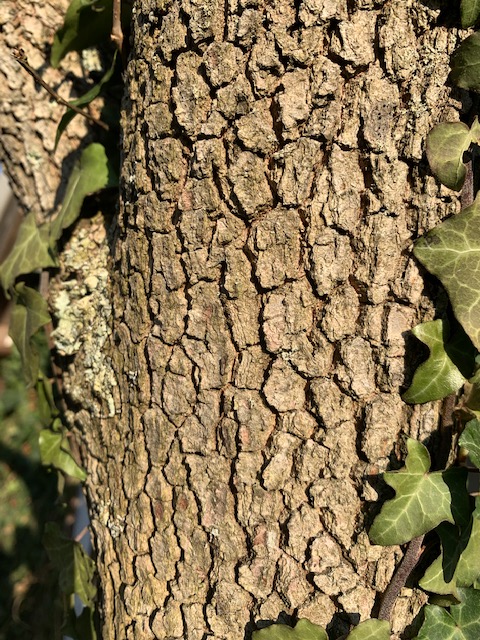
Despite its small size, dogwood has a very valuable wood that is hard and tough, close-grained, and quite heavy. traditionally, according to Grimm, it is used for shuttles for weaving due to its toughness. It has also been traditionally used for turning (tool handles, mallet heads, golf club heads, engraver’s blocks). According to Sargent, Dogwood was also used for bearings of machinery or even the hubs of small wheels due to its strength.
It was also used for making inks and dyes. Emerson notes that a blank ink can be made from the bark of the branches and trunk (especially if mixed with gum arabic and iron sulfate – see here for how to make a rust garden for harvesting iron sulfate), while a scarlet dye was made from the roots (I have yet to test either of these, but they sound wonderful!).
Emerson notes that the Micmac Indians dried the bark and smoked it, combining it with tobacco. Emerson also notes that when the flowers appeared on the dogwood, many Native tribes in the Eastern US used this as a sign to plant their corn.
In the bushcraft communities, Dogwood is known as a hard but useful spindle for making friction fires (either bow drill or hand drill technique), especially when combined with American Sycamore, Red Elm, or Red Cedar (Juniper). The harder the spindle, the more difficult it is to make a fire, and hence, it is considered a wood appropriate for more advanced friction fire makers. Due to its hardness, Dogwood also produces very nice cooking coal and also can be used to produce charcoal.
A fungus called anthracnose fungus has been attacking dogwoods of all kinds, leading to a widespread decline in this tree and making it critically endangered in several states in the US, including New York and Vermont.
Medicine
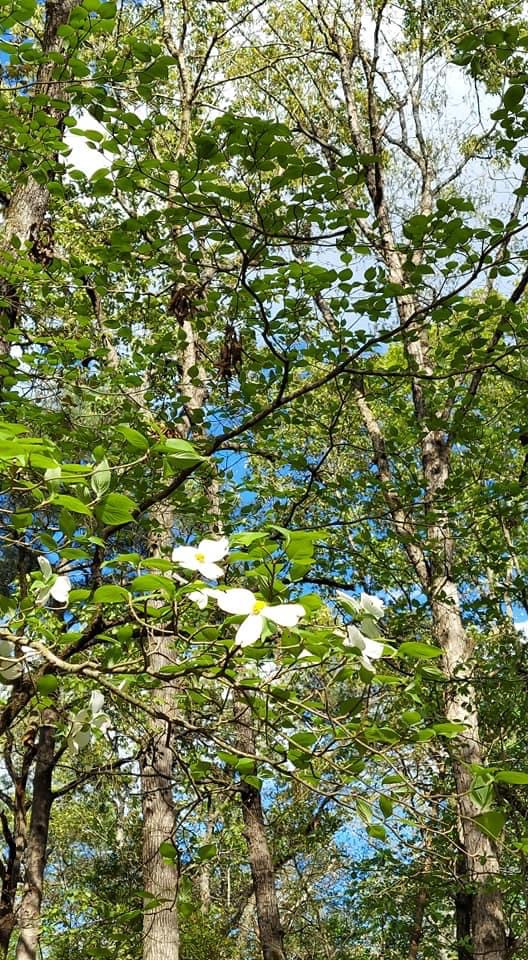
Dogwood was historically very important for the treatment of malaria, typhoid, and influenza, but, according to Matthew Wood in the Earthwise Herbal: New World Plants, it has gone out of favor in more recent times, primarily because Malaria is on the decline. The most important traditional treatment of Malaria was Quinine, which was made from the Cinchona tree that grows in Central and South America. According to Rafinesque in 1828 (as cited in Emerson), it is the best North American substitute for Quinine, although it contains differing amounts of the same chemicals present in Quinine. Both Quinine and Dogwood are potent medicines that do produce side effects: Dogwood raises one’s pulse and may also produce abdominal cramping, but will strongly support a body’s fever response and destroy the malaria infection.
The traditional use is peeling the bark, drying the bark for some months, and then making a strong tea (decoction). Some early doctors noted that they preferred to use the bark of the root as opposed to the bark of the tree for this purpose (Emerson). All traditional sources indicate that the bark should be dried for a period of months (up to a year) which will reduce stomach cramping and produce more effective medicine.
In colonial times, the twigs of the dogwood were used as tooth sticks to help keep the teeth clean and the gums in good health. “Yellow Water”, which was a decoction of the bark, was used to cure distemper in horses. When combined with Sassafras, it was used to help clean ulcers and treat cancer.
A tincture of the berries was also used for digestive bitters–both sources I have (Emerson and “Resources of the Southern Fields and Forests”) both suggest they were used by poor people or country people for this purpose. I’m getting the sense from the wording of these that these dogwood berry bitters may have been considered a “poor person’s” medicine or folk medicine.
During the civil war, the inner bark of Flowering Dogwood was used both to treat malaria (as described above) and as an astringent to stop wounds from bleeding out. This, in particular, saved many soldiers in the Confederacy (who published a book called, “Resources of the Southern Fields and Forests, Medical, Economical, and Agricultural.”
Matthew Wood notes that dogwood is intensely bitter, so much so that the bitter literally “shakes the frame, specific for intermittent chill and fever attacking the system” (127). He also notes that it was considered to be one of the “elk medicines” by the indigenous Americans, specifically used to treat kidneys and sexual function. It is used for constriction/tension as well as stagnant states. It has a very specific use for influenza or chronic malaria where the body has intermittent fever and chills along with digestive atonicity (from repeated chills) including indigestion acidity, acid reflux, diarrhea, and/or nausea combined with great exhaustion. Wood recommends a fluid extract OR tincture (5-10 drops) as larger doses upset the stomach. Decoction of small branches and twigs may be less upsetting to the stomach. It is a bitter/acrid plant with astringent and slightly aromatic bark.
Western Magical Traditions
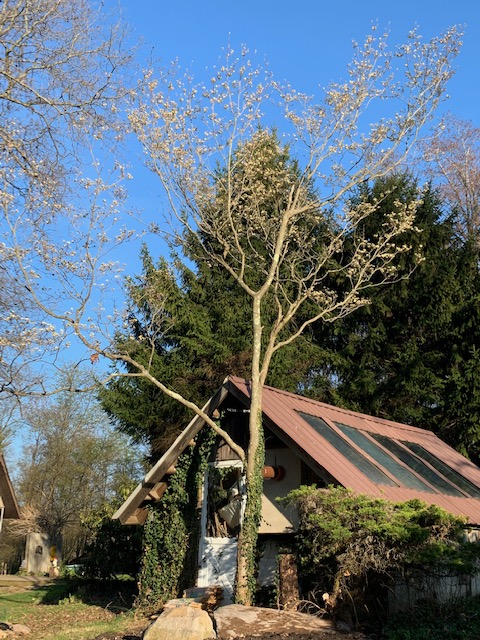
Like many other quiet understory trees, the dogwood does not have a place at the table in terms of magical uses. This doesn’t mean the tree doesn’t have its own amazing magic–it simply hasn’t been acknowledged (as far as my research has indicated) in the literature, either of American Hoodoo, Traditional Western Magical Practices, or Folk magical traditions.
Culpepper notes that the dogwood is under the power of Jupiter, which Culpepper notes governs luck, increase, nourishment, and the “spirit of life”. I think this is an important quality to note, and one that will come into play in my own magical and divination uses of this sacred tree.
The one traditional Appalacian folk tale about dogwood that is prevalent comes from the Christian tradition, where Jesus was said to be nailed to a cross of dogwood, and dogwood decided to never again grow tall enough to be made into a cross again. This tale is actually quite dominant in the Southern and Northern Appalachians (I heard it here as a child), and actually is quite in line with the other meanings I believe dogwood to have, based on its medicinal features.
Naming and Etymology
John Eastman offers a theory of his own for the name dogwood–he says that the fresh-cut wood has a “fetid smell” that resembles the smell of dog feces (p. 72). I will note that this does not appear to be the case with Flowering Dogwood in my experience, but some of the shrub-style dogwoods certainly have that odor! I can’ find no other reasons listed in my sources for why “Dogwood” is called “Dogwood!” I will also note that dogwood has a number of names including corner, bunchberry, box-wood, arrow-wood, or white cornel. Some of these can speak to the historical uses of the tree.
Magic and Divination Uses of Dogwood
The Dogwood tree, while small and unassuming, has powerful lessons to teach. In the absence of mythology
Bitter Medicine. Dogwood’s most distinct feature is its use to treat severe flu-like illnesses including malaria, typhoid fever, and various “auges.” And while Dogwood is as effective as quinine for this treatment, she also comes at a cost–both physically being very bitter medicine and offering the recipient stomach cramping and an increased heart rate. While the medicine can be tempered through time, the bitterness and acrid quality of dogwood’s root and bark is ever-present. Thus, Dogwood teaches us the value of bitter medicine and bitter lessons–those we need to have but don’t necessarily want. Communing with dogwood during such lessons may offer us deeper insights into ourselves and the nature of our own necessary experience in the world.
Short-term Pain for Long Term Gain. A second theme that we can learn from the dogwood is the importance of the phrase “no pain, no gain.” Dogwood teaches us that life is often full of pain that can be short-term, but in the long run, open us up for rich opportunities–if we are in the right mindset. Learning from our struggles and pain and transforming them into good is a core part of what it means to be human, and Dogwood is our companion on this path in this regard.
Confidence and Grit. The Dogwood is one tough little tree, growing in the understory, blooming early, and offering extremely dense wood and powerful medicine. She encourages us to develop the “grit” (determination, endurance, resiliency, and adaptability) to survive the coming onslaught of so much. Even though she doesn’t have much stature, she is sure of herself and her skills and is able to face the world with confidence.
For all three of these meanings, one of the things I want to stress is that the Dogwood, while offering its bitter medicine, is under the dominion of Jupiter, the planet of luck and good fortune. This powerful combination allows us to know that despite any challenges or pain we face–we can survive!
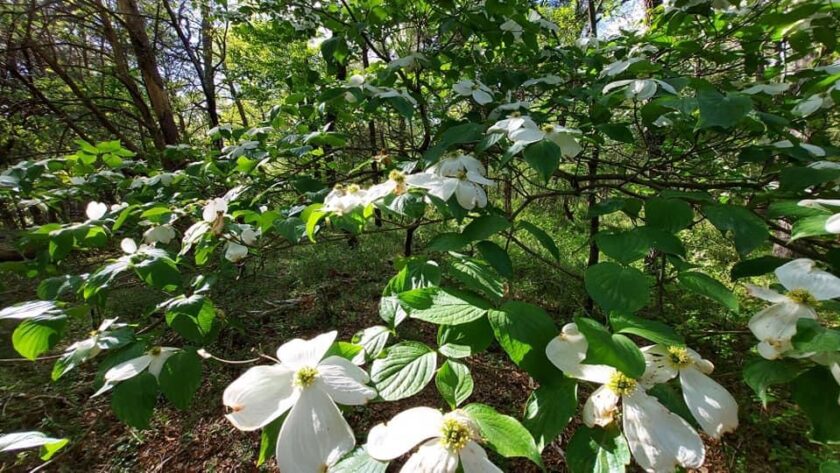
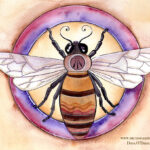


Reblogged this on Paths I Walk.
I noticed out native Toyon was in flower this week. I was amazed to see how familiar the flowers seemed then discovered this plant is related to the hawthorn.
Thank you so much for your thoughts on the lovely Dogwood! We planted our first two (one white and one pink) last fall and I have been thrilled with their growth and flower display. Now you have added to my mundane enjoyment a whole new, deeper level! I am so full of happiness right now ~ on my way out to visit them <3.
You are most welcome, Irvina! 🙂
Thank you for sharing your knowledge about this tree. Dogwood has been my favorite tree since I was a young child, and I’ve always felt connected to it. The white flowers obviously, but I’ve mostly been struck by the beauty and elegance of its spindly but strong branches.
Thanks for your comment, Kemp! The Dogwood certainly is so beautiful!
My Pop was an avid fisherman.
He always said “If the dogwoods are blooming the crappies are biting.”
Since I don’t fish I don’t know if it’s true.
Can anyone out there verify or discount this bit of homespun wisdom?
Hi Kate, actually, my grandfather said the same thing1 :). So I would think it was likely to be true. I tend to trust what our grandparents and ancestors knew.
We at least know that it’s true in PA. We’re at opposite ends of the state. I’m in Pottstown (halfway between Harrisburg and Philadelphia).
I bet it is true well beyond PA! But we’d need some more people who fish to share :).
[…] https://thedruidsgarden.com/2021/05/02/sacred-trees-in-the-americas-flowering-dogwood-cornus-florida… […]